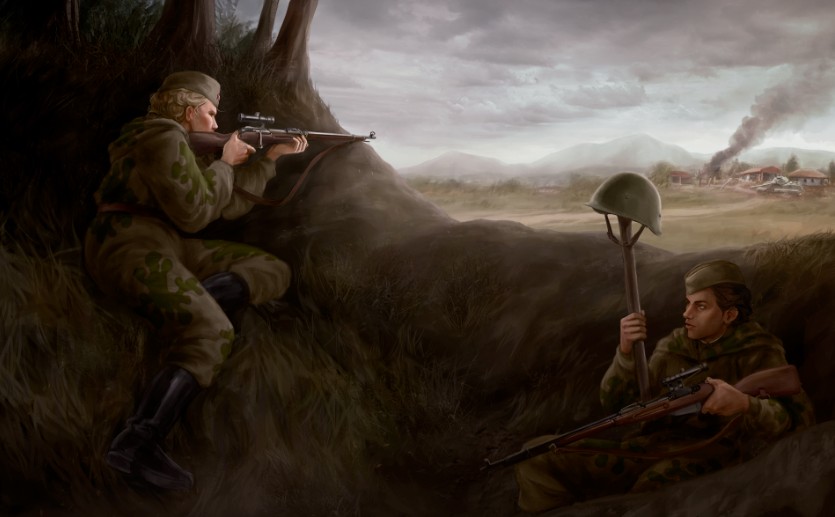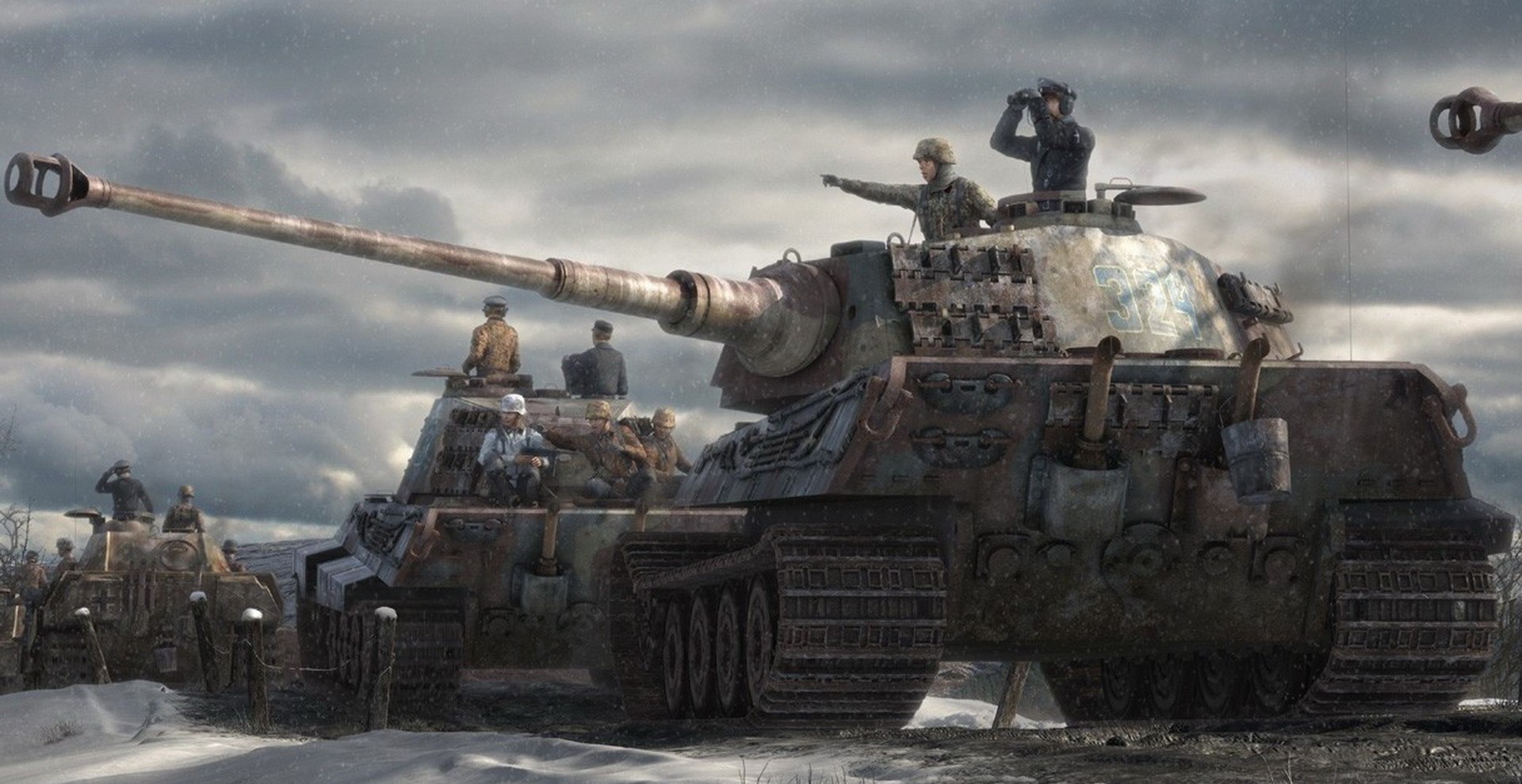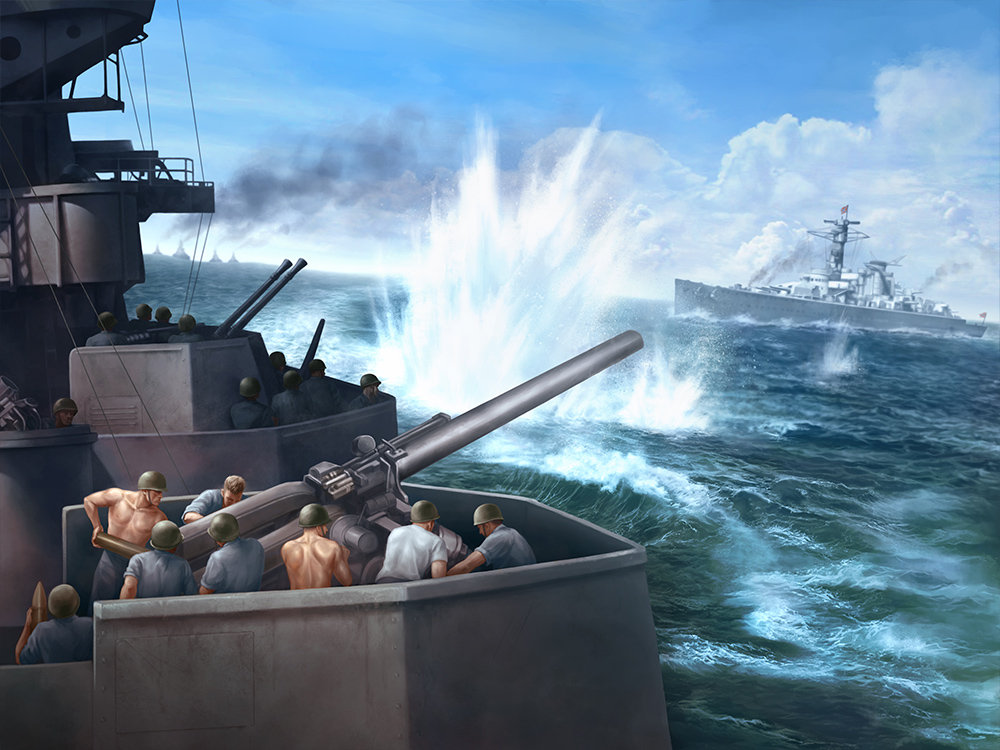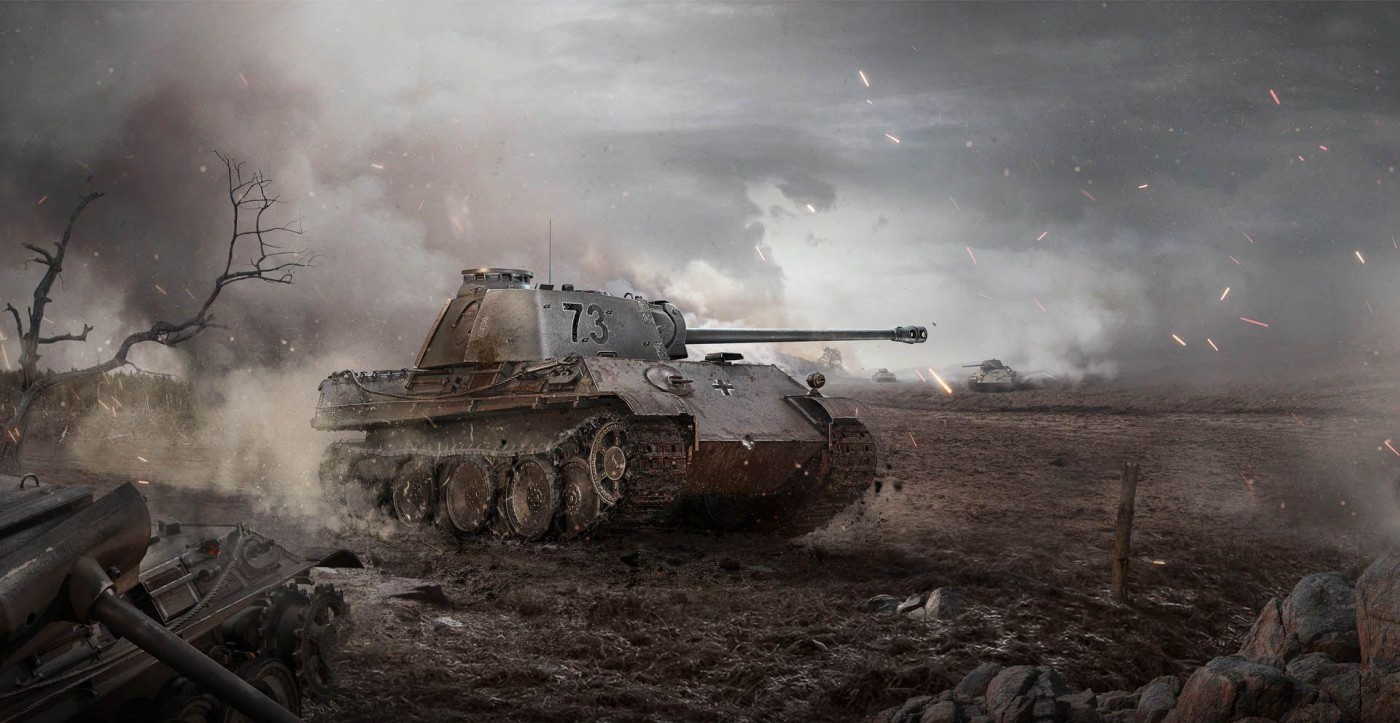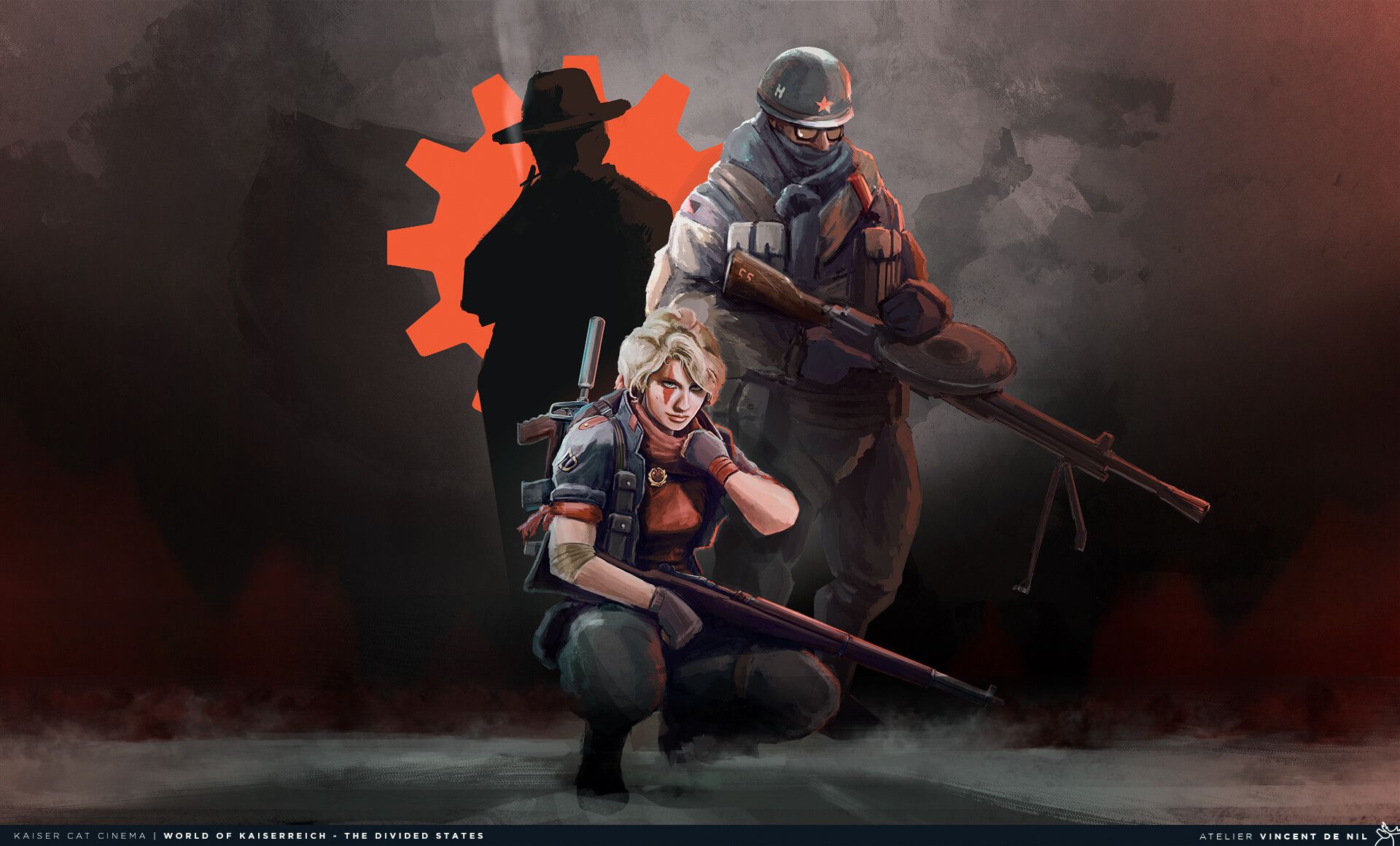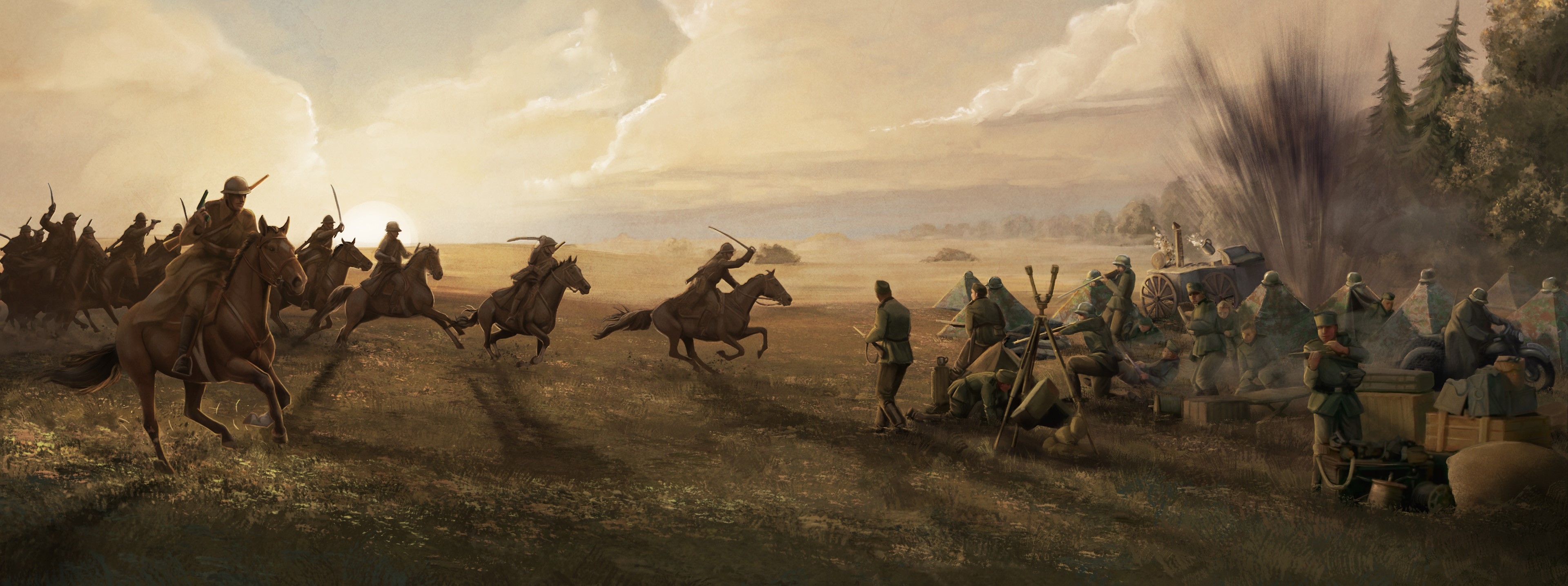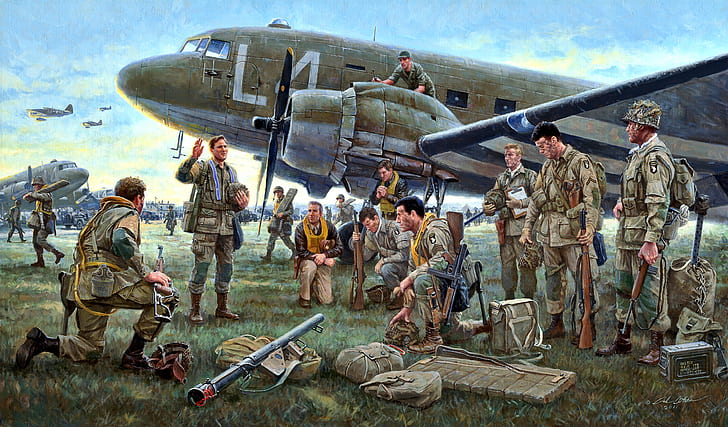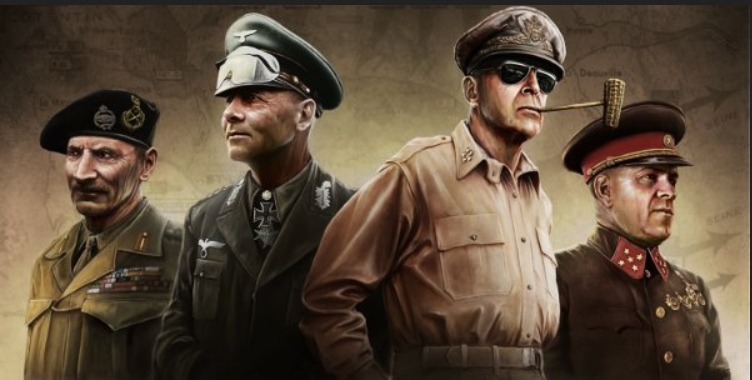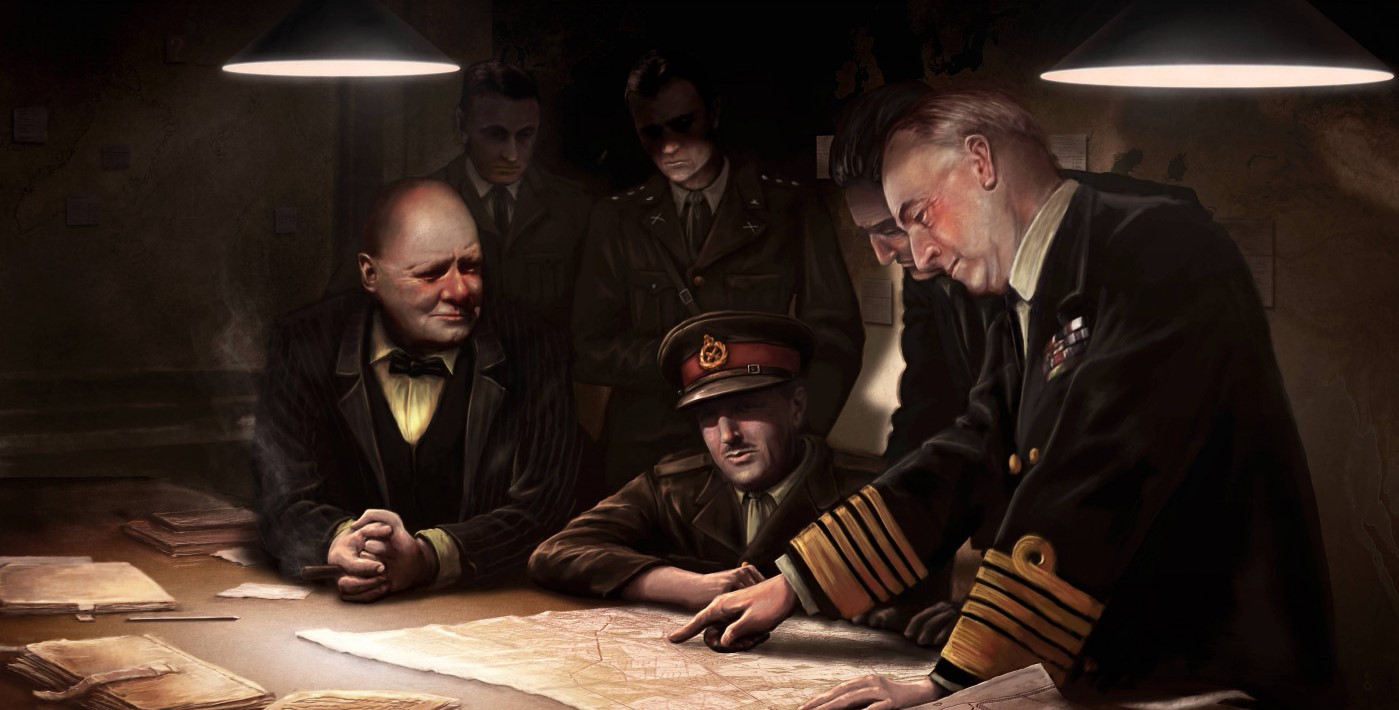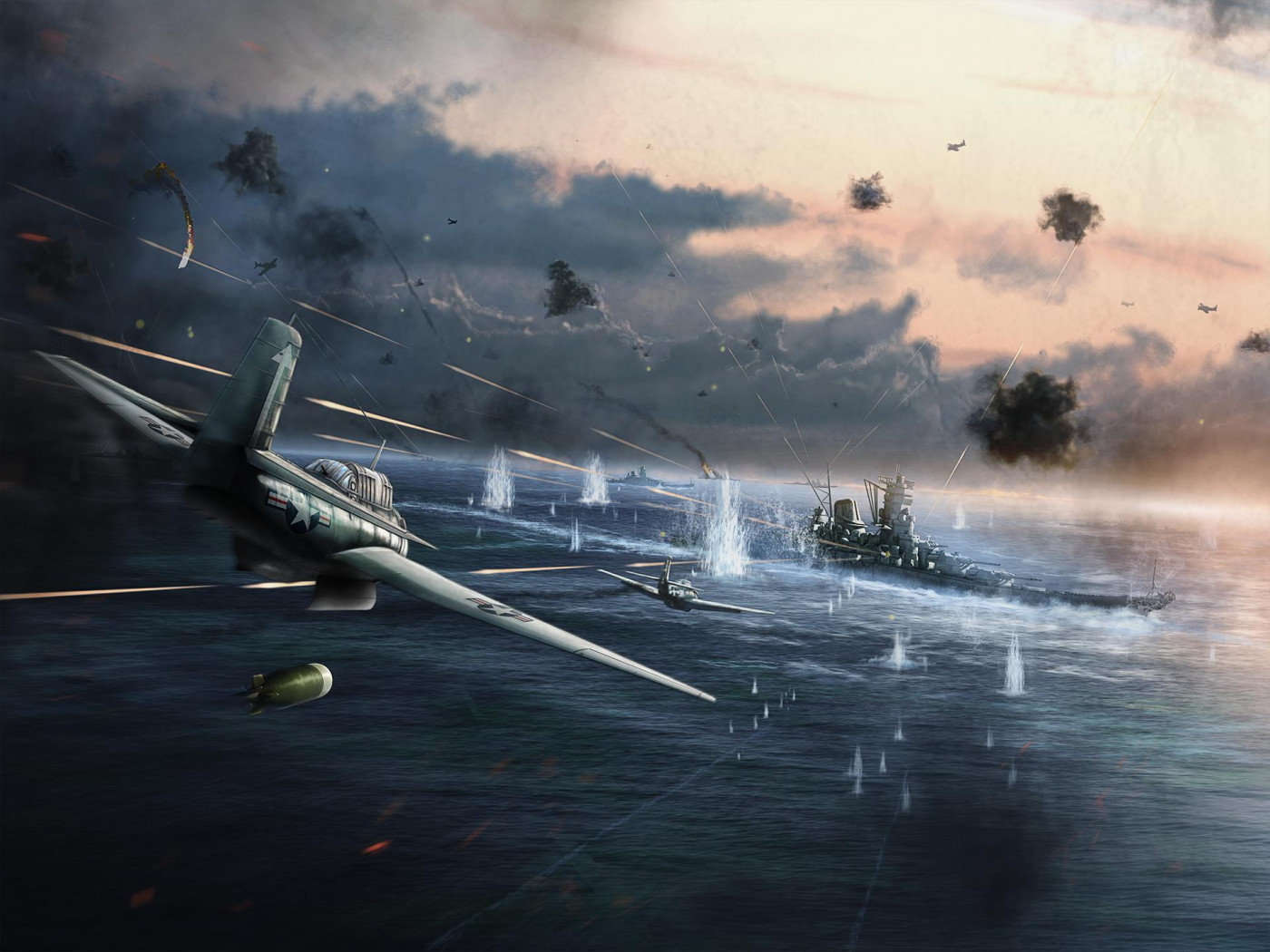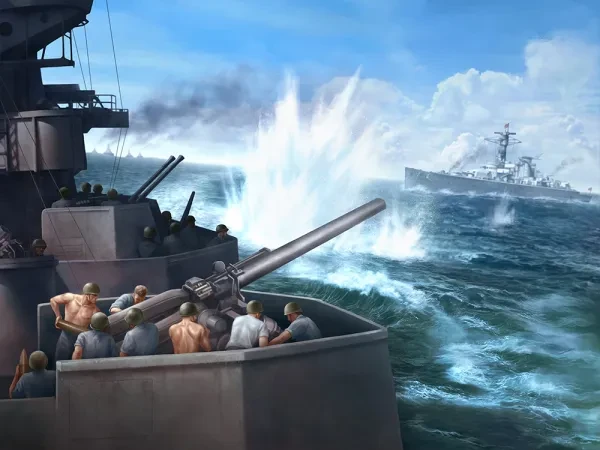
In Hearts of Iron IV, there are three distinct naval doctrines to choose from, each with their own strengths and weaknesses. In this article, we’ll look through all three of them in order to give you a better idea of which one you want to play with. But remember that there is no wrong pick here, so feel free to pick based on your desired RP.
But to provide context, naval doctrines will serve as the direction your navy takes. The bonuses it can provide, when used correctly, can tip the scales of the war at sea and open new options for your nation. This is important as neglecting one’s naval doctrine is tantamount to giving the opponent an advantage at sea, which could lead to a naval invasion of your homeland or the slow strangling of resources vital to your war effort.
Fleet in Being

As its name suggests, Fleet in Being primarily focuses on improving the capabilities of the battleships while also providing boosts to the various escort and anti-submarine warfare abilities of its escort ships (i.e., cruisers and destroyers). This doctrine is followed by most nations, especially the likes of the United Kingdom, France, and Italy.
An advice when using this is to keep to the Mediterranean Sea, North Sea, or Baltic Sea as they are the most suitable environments for battleships to launch their full might. You would do well to avoid the Pacific, as its wide stretches of water are not working to the battleships’ strengths. Additionally, it is vital to make full use of the anti-submarine and escort benefits this doctrine provides,and as such, a strong destroyer force is needed to ensure the continued high level of war support and continuous supplies.
Doctrine Strengths:
- Is generally well rounded; there is an increase in stats for all types of ships.
- Excellent in hunting submarines, this doctrine provides the highest amount of submarine detection.
- Excellent when paired with destroyers: destroyers get +20 organization and +10% in surface detection, allowing them to last longer in battles and find the enemy quicker for your battleships to engage with.
- Great when used for escorting missions; the +45% increase in escort efficiency is by far the highest amongst all doctrines.
- They have a variety of exclusive bonuses: the increase in naval AA attack, capital ship attack, and minelaying efficiency are only available to this doctrine.
Doctrine Weaknesses:
- They are not as efficient as others in submarine warfare because they are tied to the Naval Strike doctrine and provide only barebones buffs to submarines.
- Poor in raiding; this doctrine provides little to no buffs to raiding on all ship types.
- Surface detection is poor; only destroyers get the buffs to their surface detection, as cruisers, battleships, and battlecruisers have no such benefit.
- Aircraft carriers are glorified submarine hunters. With the lowest organization and the highest submarine detection buffs, aircraft carriers are mostly used for finding enemy submarines as opposed to engaging the main force of the enemy.
- Light cruisers aren’t as sturdy; the doctrine only grants them a meager +15 in organization, the lowest among all doctrines.
Why you should pick this doctrine:
- You prefer a well-rounded doctrine; the Fleet in Being doctrine is the only doctrine to grant buffs to most areas, which is never a bad thing to have.
- You play a European nation; this doctrine works best in the waters of Europe, and as such, a European country is best suited to using this doctrine.
- You can play a large navy; since the doctrine provides a lot of buffs to destroyers, you need to maintain a large fleet to locate the enemy fleet, lay mines on enemy waters, and escort your convoys. As such, a large manpower pool is necessary.
Trade Interdiction
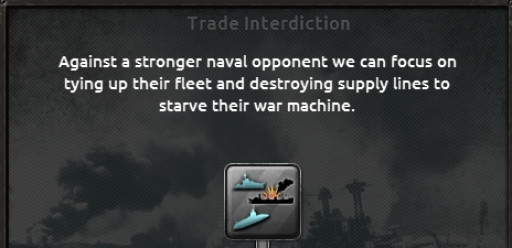
Trade Interdiction focuses on underwater and surface raiding in order to strangle the enemy of vital resources needed to keep their war effort going all while lowering the war support of the nation inch by inch.
When using this doctrine, it is wise to keep both submarines and surface raiders equipped with the latest technology in order to do the most damage to both enemy fleets and convoys. Additionally, having a steady supply of ships will ensure that your fleets will never suffer the same fate as Germany’s wolfpack did.
Doctrine Strengths:
- Exceptional in hunting enemy convoys, this is the only doctrine to provide raiding efficiency to most ship types.
- Strong organization boost: this doctrine gives a high organization bonus to submarines, cruisers, and battleships.
- Excellent with submarines-provides the highest bonuses to submarines out of all doctrines. Additionally, they have a buff for their torpedo reveal chance, increasing the chance of the torpedo striking an enemy vessel.
- Gives the enemy a penalty for having a larger fleet; the penalty for enemy fleet size can only be found in the trade interdiction naval doctrine.
- It works extremely well with fast ships: an increase in raiding efficiency and organization easily allows for a fast surface fleet to sink the enemy convoys and slip away from any approaching enemy.
Doctrine Weaknesses:
- Destroyer-inefficient: they provide the poorest buff out of all naval doctrines to destroyers.
- Poor submarine detection-–apart from submarines, the buffs (if there are any) to surface fleets in detecting enemy submarines are terrible.
- Neglects all other aspects of naval warfare: with this doctrine, there are no real bonuses to other naval missions such as minelaying, escort missions, or port strikes.
- Aircraft carriers are just floating fortresses with no real buffs; the only shining light in this is that the organization bonus is not bad, but with this doctrine, there is no real reason to establish air superiority.
- Will not withstand coming into conflict with a strong surface fleet; as the doctrine focuses on primarily submarines and fast ships, they stand no chance against a standing fleet like the Royal Navy or the American Navy when drawn into a battle.
Why you should pick this doctrine:
- Your manpower is an issue for your country; the lowest manpower-demanding doctrine, sticking to submarines, is entirely possible as your main goal is to sink as many of the enemy convoys as possible.
- You still wish to play a role at sea with moderate risk; this doctrine is a medium-risk and medium-reward strategy, as you only need submarines to play a crucial part in the naval war.
- You wish to win a war of attrition; since the doctrine focuses on strangling the enemy’s resources, once you are able to establish a perimeter around the enemy’s homeland, you can watch as they fail to replace their equipment and ships.
Base Strike
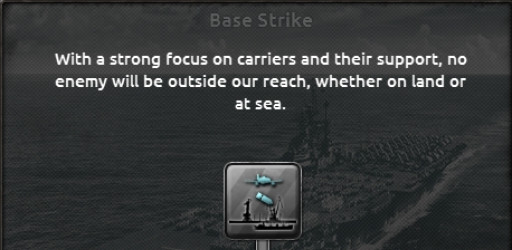
Base Strike is the doctrine favored by both the United States of America (though they had no choice after the Pearl Harbor attacks) and the Empire of Japan. It relies on their aircraft carriers playing a crucial role in establishing both naval and aerial supremacy over contested areas.
When using this doctrine, you’re going to be focusing exclusively on carriers and their escort fleets, as bulkier ships (battleships, battlecruisers, and heavy cruisers) have no buffs, thereby giving little purpose to their existence. The key to this doctrine is using screens (light cruisers and destroyers) to buy time for the aircraft carriers to launch their planes and inflict significant damage on the enemy fleet.
Doctrine Strengths:
- Exceptional when deployed with a carrier force, the high naval targeting and port strikes buffs easily reinforce the ability of carrier air groups to inflict significant damage.
- Fantastic aircraft carrier buffs-–a wide array of really excellent buffs are given to aircraft carriers in this doctrine, allowing said ships to perform even beyond what they should have been capable of normally.
- Strong screen organization boost: this doctrine provides organization boosts to light vessels such as destroyers and light cruisers, with these two holding the highest organization buff amongst all doctrines.
- Can still provide a good escort-–the buff to escort missions is nearly similar to that of the first naval doctrine, Fleet in Being.
- It matches the organization boost to other ships; in submarine and battleship types of ships, they can still get an organization boost, allowing them to survive longer in battles.
Doctrine Weaknesses:
- Waste of bulkier ship types: the lack of buffs to heavier ship types renders these types rather wasteful to make.
- Not much bonus in general; with the carrier fleet significantly strengthened, this has come at a cost, with naval AA attacks and capital ships suffering the most.
- Submarine warfare remains similar to the Fleet in Being doctrine - both doctrines share the same buffs, which can lead to this no longer playing a part in which doctrine to choose.
- There is barely any surface detection buff across the board; the only ship type eligible to receive any surface detection buffs are submarines.
- Battleships stand no chance of being used in this doctrine; with the lowest buffs out of all doctrines, you’re better off picking another doctrine or flag.
Why you should pick this doctrine:
- You intend to dominate the seas through the skies; having an aircraft carrier can allow you to project your power across the world regardless of the location or map.
- If this fits RP-wise with your story-–especially if you play as a global power looking to project their influence in key areas.
- You have a great air industry. Since the doctrine requires the use of many aircraft, a strong and steady air industry will make the continued dominance of aircraft carriers an overall smooth process.

